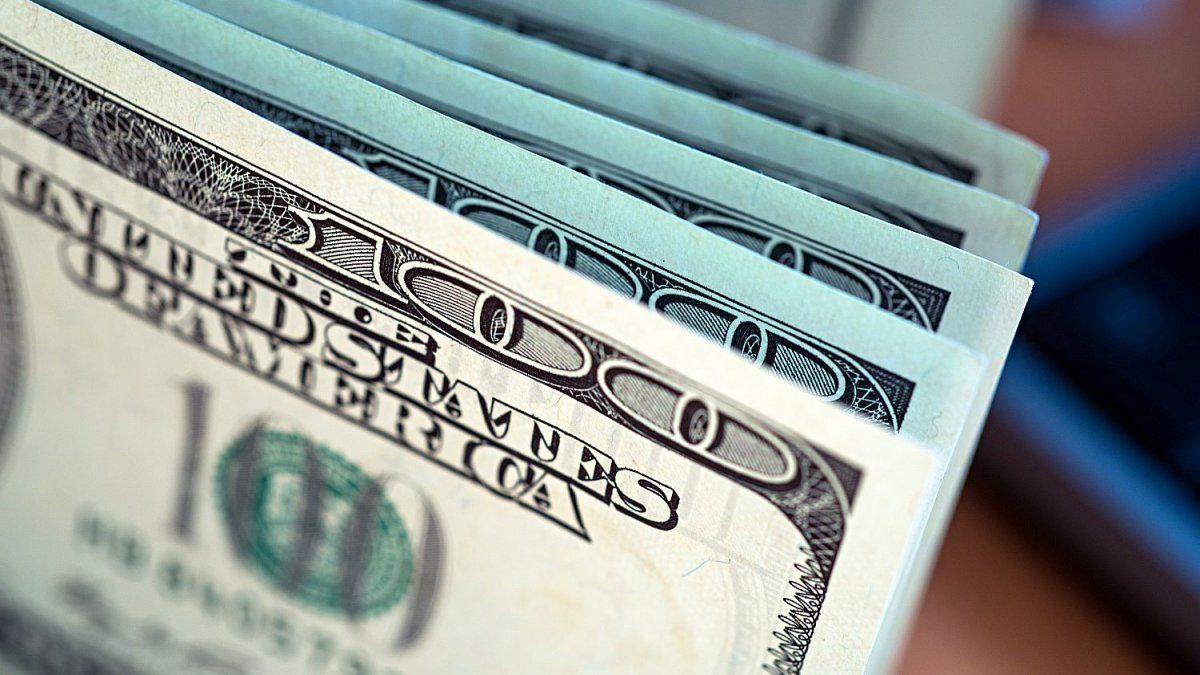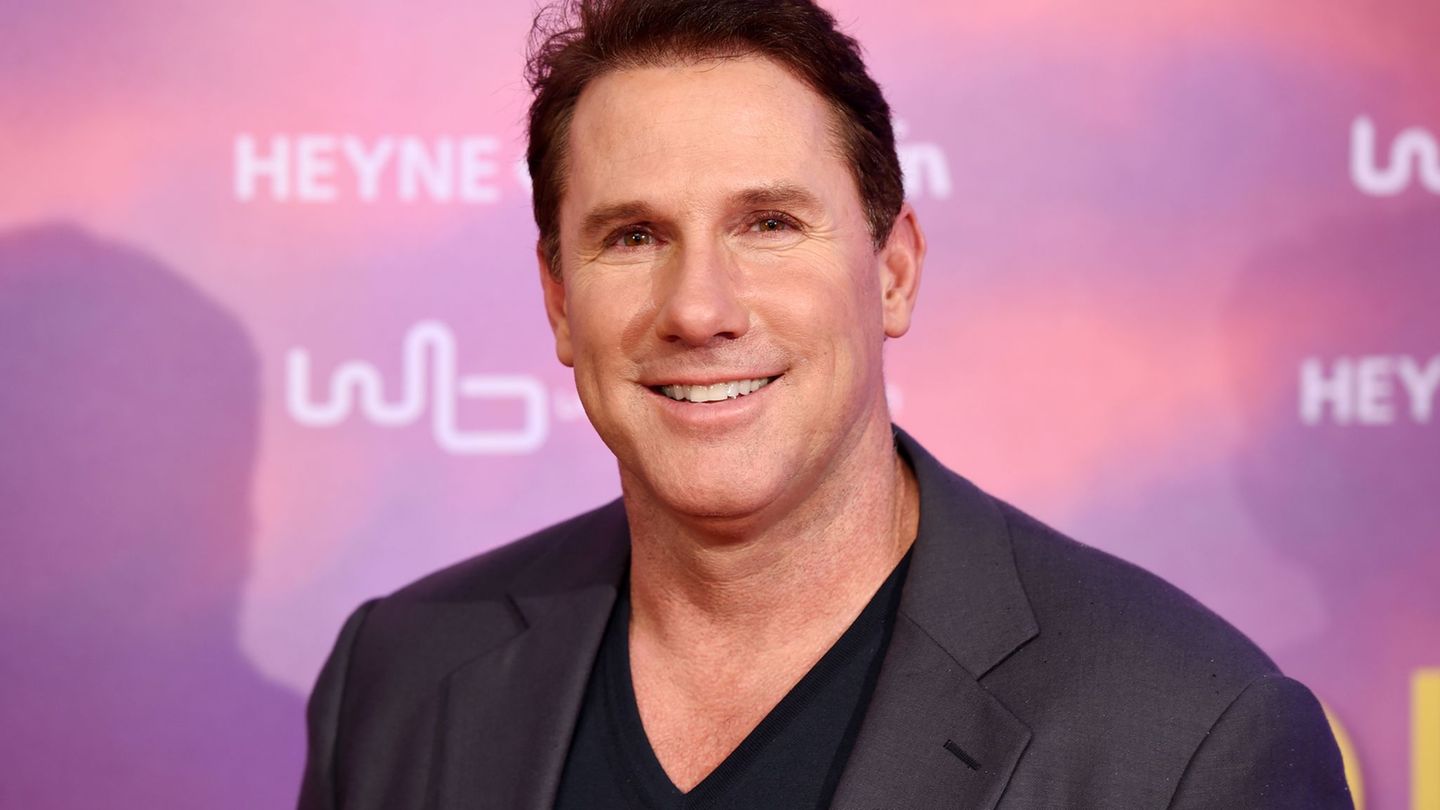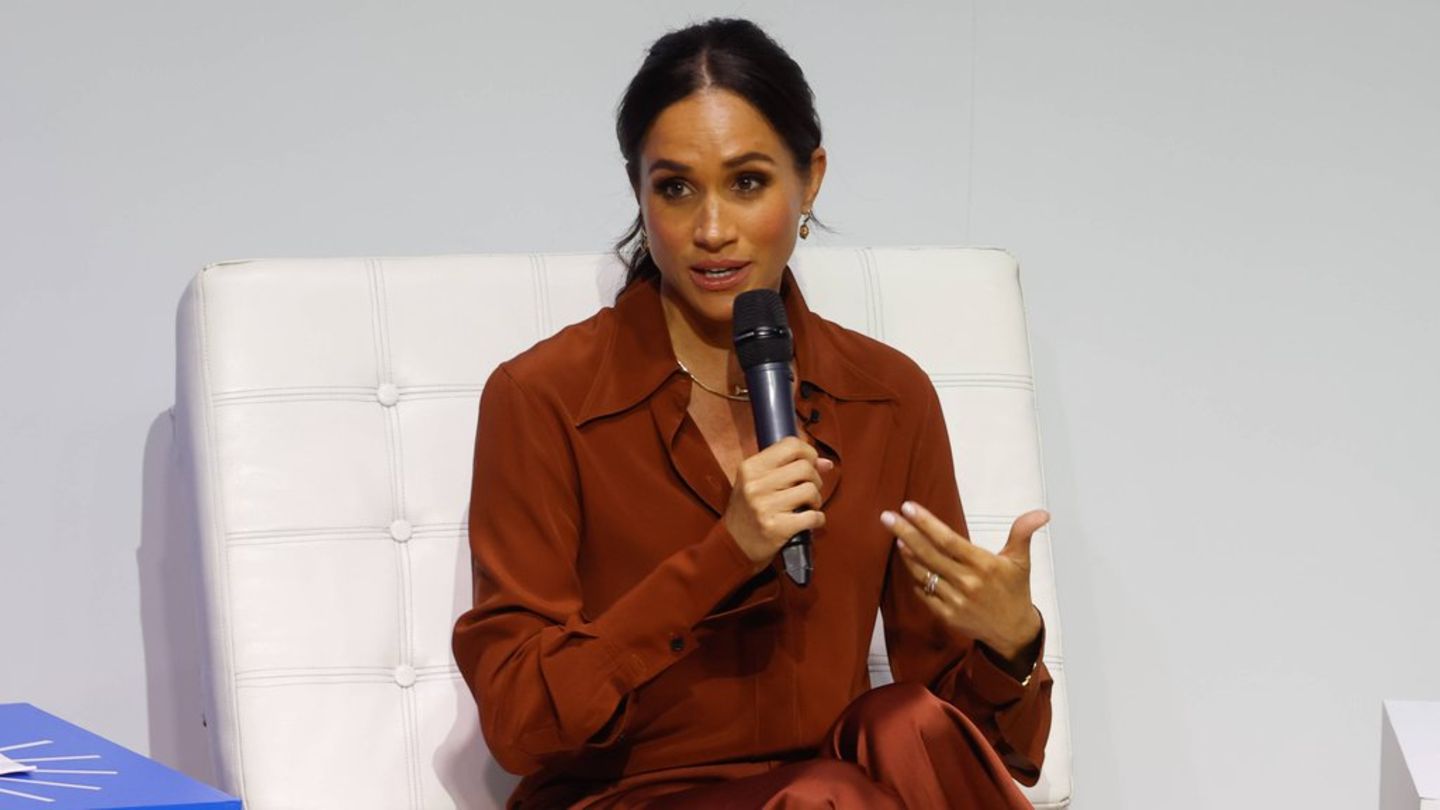He international scene became complicatedthe real of Brazil trades above 5 per dollar, the yuan was devalued to 7.30 per dollar, the short-term rate in the United States It stands at 5.1% annually for a 2-year term and 4.7% annually for a 10-year term. These interest rates compared to a inflation Around 3.7% annually show us very positive interest rates against inflation.
The Federal Reserve says it would leave the rate high for a long time, but be careful, the labor market is no longer strong, consumer spending could decrease as the savings generated in the pandemic are consumed, and we do not see a resurgence of inflation. Everything would indicate that we are going for a soft landing.
In Argentina we see a rescheduling of maturities in pesos that clear the pre-election financial scenario. A tax collection that grows 102.3% annually, when we estimate for September an annualized inflation of 132.5% annually. However, consumption VAT collection grew 174.4% annually, much more than inflation and it is clear that economic agents continue to increase stock, which indicates that a deeper recession awaits us in the future.
In financial matters we see a delicate situation, the monetary base already totals $6.5 trillion, growing at 59.0% annually, and the stock of debt of the Central Bank $21.1 trillion, growing at a rate of 154.0% annually. At this rate of growth, by the end of the year the monetary base could reach $8 trillion, and monetary liabilities around $29 trillion, this implies monetary liabilities of $37.0 trillion.
Reserves today are around US$27 billion; in the best scenario they would be at a similar level at the end of the year. The dollar to balance liabilities and reserves would be at $1,370, a level that makes you shudder just thinking about it.
Argentina urgently needs to work on the fiscal balanceTo achieve this, the next government, no matter who wins, has no other option but to eliminate a series of subsidies to the economy, on electricity, gas, fuel and transportation. This will inevitably lead to a change in relative prices in the economy.
The first thing we have to do is achieve fiscal balance, so as not to continue indebting the Central Bank. The stock of debt of the Central Bank can be liquefied with a devaluation, but this will leave irreparable damage in society, any devaluation brings with it recession and a wave of families that will remain below the line of poverty and indigence.
The presidential debates should leave us clear signals about how we are going to work in the economic scenario of the year 2024, it is very good to define the horizon, but it would be much better to know how we are going to carry out the structural reforms, since operating on these reforms would imply an impact in each of the homes in the country.
It was striking that in the presidential debate the countryside was not talked about, the main sector that contributes 65% of the dollars for the economy to function. It seems that the debate was more for the Capital and suburbs than for all of Argentina. Thank you candidates.
Currently, the financial system has deposits of $33.2 billion pesos, of which only $12.6 billion is allocated as loans to the private sector, a total of $22.1 billion is allocated to lending money to the Bank. Central via leliq and passes.
Deposits in dollars total US$ 17,140 million, of which US$ 3,182 million are lent to the private sector, US$ 9,450 million remain in reserves in the Central Bank and the rest is liquid in the banks’ cash.
As can be seen, in terms of pesos there is little money to finance the private sector, and given the current financial scheme it does not seem that companies are in a comfortable financial scenario, we believe that in the coming months they will have little supply of credit, and with very high rates.
Regarding deposits in dollars, high liquidity is clearly noted, banks have availability of dollars to supply all fixed-term maturities in hard currency on the market.
Conclusions
.-For the remaining months until the end of the year, it does not seem that we have a friendly financial scenario ahead of us; interest rates will remain high for companies that demand money, and will be scarce for savers.
.-He exchange rate frozen at $350 for exports reveals that sales abroad will lose competitiveness. We do not see that the government continues to enable imports at the same rate as the first months of the year. Imports in the last 3 months stood at an average of US$ 7,000 million, and are effectively paid for the equivalent of US$ 5,000 million, accumulating a future debt that must be settled in the next government.
.-In summary, the current reserves are not the real ones, since in the future a debt with importers that today is around US$ 15,000 million must be settled. The monetary liabilities of the Central Bank will be much higher, since we will have months in which the fiscal deficit will be present, and debts will have to be refinanced.
.-In summary, all roads lead us to a higher wholesale dollar and alternatives than the current ones. Measures aimed at improving export programs by settling 25% in the capital market, such as the elimination of withholdings and the arrival of funds from abroad to settle in the capital market, can temper the correction in the exchange rate, but they do not change the background of the issue. Argentina has scarce dollar flows, and a flow of pesos that grows at a rate greater than 10% monthly.
To make what we are saying clear, reserves in one year went from US$37,600 to US$27,000 million, total monetary liabilities went from $12.4 trillion to $27.7 trillion. In the same period, the wholesale dollar increased 137.6%, the blue dollar 177.2% and the equilibrium dollar 210%. There is still room for a correction in exchange rates.
Financial analyst
Source: Ambito
David William is a talented author who has made a name for himself in the world of writing. He is a professional author who writes on a wide range of topics, from general interest to opinion news. David is currently working as a writer at 24 hours worlds where he brings his unique perspective and in-depth research to his articles, making them both informative and engaging.




